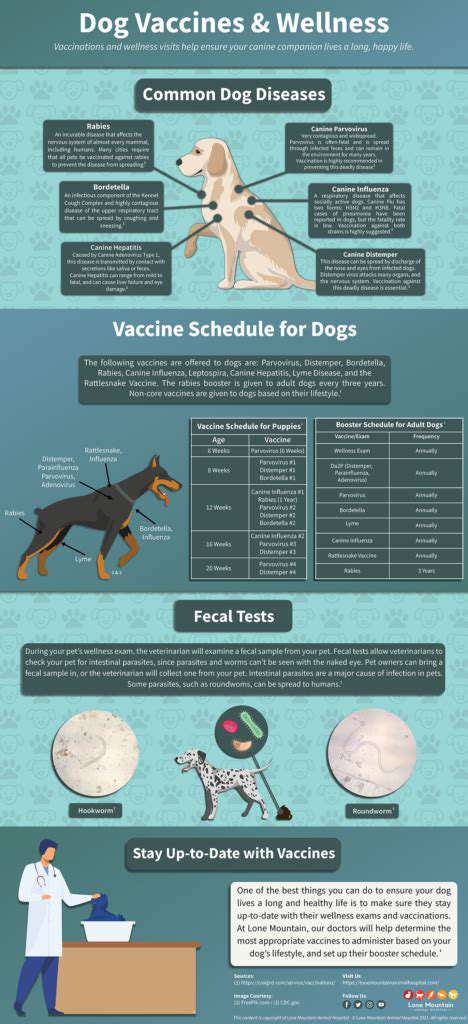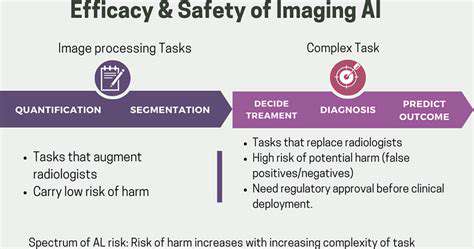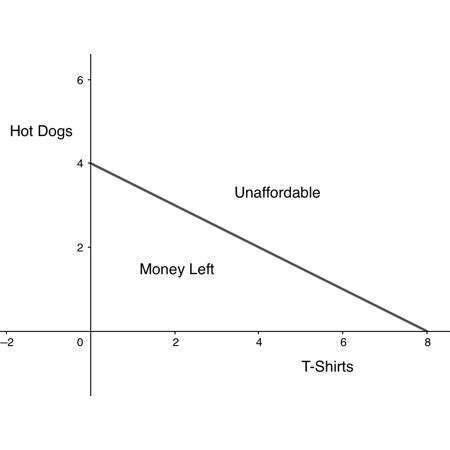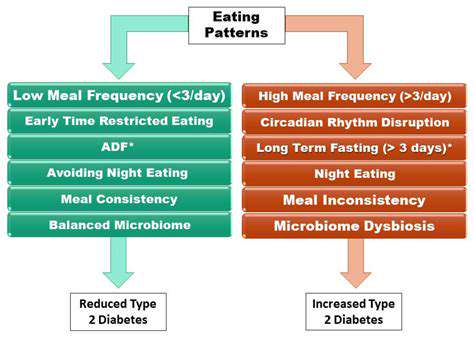AI in Veterinary Diagnostics: Faster and More Accurate
The coming years will likely see AI become even more integrated into veterinary practice. Emerging applications range from wearable health monitors to predictive outbreak modeling. What remains constant is the technology's potential to improve animal welfare while supporting veterinary professionals in their vital work.
AI's Impact on Diagnostic Imaging
Transforming Image Interpretation
Modern veterinary practices are seeing remarkable improvements in how medical images are analyzed. Advanced algorithms can process radiographs, ultrasounds, and CT scans with a level of consistency human practitioners can't maintain over long periods. This doesn't replace veterinary expertise but rather enhances it, allowing doctors to focus their attention where it's most needed.
The implications for early disease detection are particularly exciting. Subtle fractures, early-stage tumors, and other conditions that might previously have gone unnoticed now stand a much better chance of being caught in time for effective intervention.
Precision in Diagnosis
What makes these systems truly revolutionary is their capacity for pattern recognition across vast image libraries. A single algorithm can reference thousands of similar cases, comparing minute details that might escape human notice. This capability proves invaluable when dealing with complex presentations or rare conditions.
The result isn't just more accurate diagnoses, but also more consistent ones. Geographic variations in veterinary expertise become less significant when every clinic has access to the same sophisticated diagnostic support.
Workflow Optimization
Beyond interpretation, AI systems streamline the entire imaging process. From automatic image quality checks to preliminary report generation, these tools handle routine tasks efficiently. Veterinary teams report being able to see more patients without sacrificing quality of care thanks to these efficiency gains.
The time savings extend to follow-up care as well, with automated tracking of lesion progression and treatment response reducing manual chart review burdens.
Expanding Access to Care
Perhaps most importantly, these technologies are helping bridge gaps in veterinary service availability. Remote clinics can now access diagnostic support that previously required specialist referral. For rural practices and shelter medicine, this represents a major step forward in care quality.
Cost reductions from improved efficiency also make advanced diagnostics more accessible to pet owners across income levels, helping ensure financial constraints don't limit care options.
Accelerated Disease Detection and Prediction
Early Intervention Opportunities
Modern screening tools are rewriting expectations for early disease identification. By analyzing subtle changes in bloodwork, imaging, and clinical signs over time, AI systems can flag potential issues long before they become clinically apparent. This represents a fundamental shift from reactive to proactive veterinary medicine.
The benefits extend beyond individual patients. Entire populations can be monitored for emerging health trends, allowing for targeted preventative measures before outbreaks occur.
Predictive Analytics in Practice
What sets these systems apart is their ability to synthesize diverse data streams. Weight trends, activity levels, dietary patterns, and environmental factors all feed into sophisticated risk models. The resulting predictions help veterinarians personalize preventative care in ways previously impossible.
For chronic conditions like diabetes or arthritis, this means interventions can begin before irreversible damage occurs. For infectious diseases, it enables more effective containment strategies.
The Future of AI in Veterinary Diagnostics
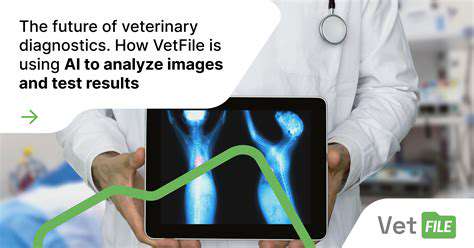
Next-Generation Diagnostic Tools
The coming years will see AI move beyond supplemental roles to become integral diagnostic partners. Expect systems that don't just analyze data but actively guide the diagnostic process, suggesting additional tests or imaging angles based on initial findings.
This collaborative approach promises to reduce diagnostic errors while ensuring comprehensive evaluations become standard practice.
Customized Treatment Protocols
Future systems will likely generate truly individualized treatment plans, incorporating genetic data, medication response histories, and even owner lifestyle factors. This level of personalization could dramatically improve outcomes while minimizing adverse effects.
Continuous Health Monitoring
As sensor technology advances, AI systems will provide real-time health insights through wearable devices and smart environments. Subtle behavioral changes or physiological shifts that might indicate emerging health issues will trigger alerts, enabling exceptionally early interventions.
Educational Applications
AI will transform veterinary education through immersive simulation training. Students will encounter thousands of virtual cases, developing diagnostic skills through hands-on experience with rare conditions they might not see during traditional training.
For practicing veterinarians, these tools will provide just-in-time learning opportunities, with systems suggesting relevant research or similar cases during actual consultations.


